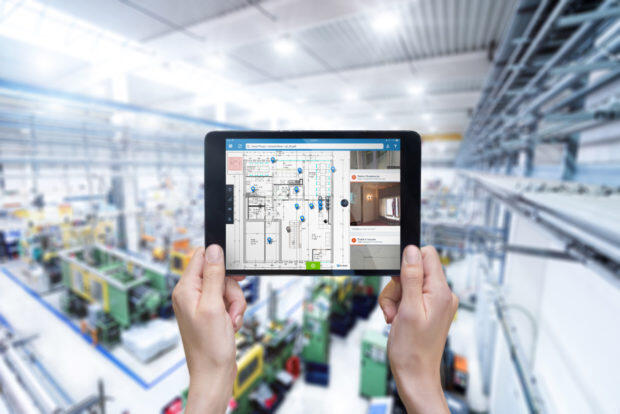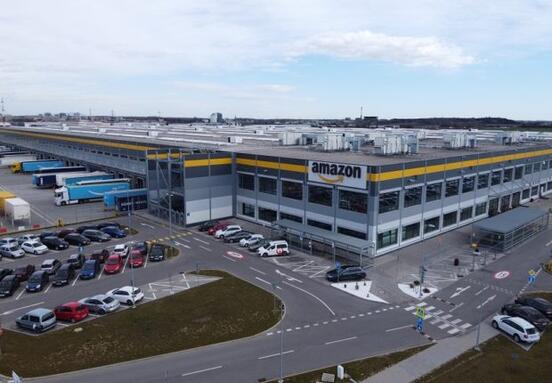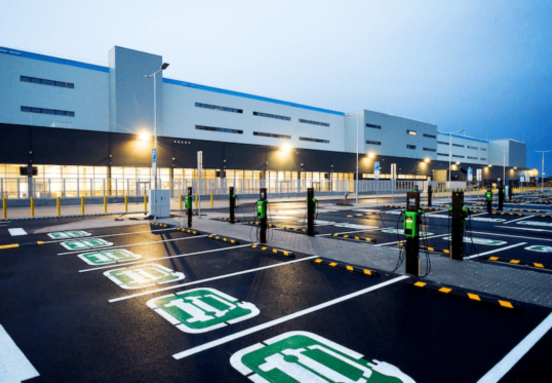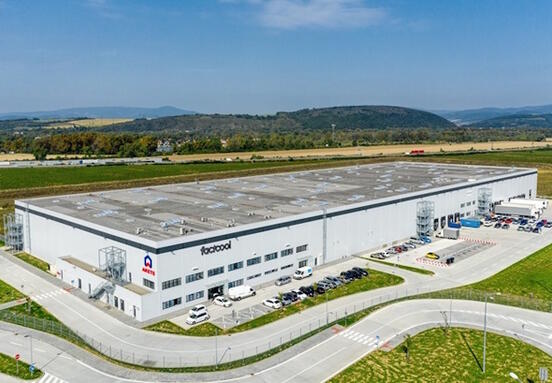In other words, it was the FM professionals who, over the last two turbulent years of the covid pandemic, took care of, for example, reconfiguring offices, installing plexiglass screens at supermarket checkouts, or reorganizing warehouses and factories so that employees could work there safely. With increasing responsibility, the pressure on the efficiency of FM work is also increasing. Process digitization and a specialized platform can help here as a useful tool to support Facility Management.
"Today, many FM professionals still approach their work as before: they spend a lot of time on personal checks, personal meetings with colleagues and frequent relocations from place to place. However, the ever-increasing number of tasks also leads to more time and increasing costs. For example, if, during a pandemic, facility managers had to constantly monitor social distance beyond their existing responsibilities, their ability to do their job effectively naturally declined. This can be applied to any non-standard situation that may arise. Therefore, I consider the introduction of an effective online system for FM workers to be essential, "comments Ivan Petráš, an expert at PlanRadar focusing on process digitization in construction and real estate projects.
Effective communication is key for a facility manager
The facility manager is primarily the senior manager responsible for running the property. Thus, like other senior managers, he focuses mainly on planning, management, supervision and strategic solutions. All this, with its expanding field of activity, requires a constant overview of what is happening within the building. The need to keep in touch with the teams in the field, to which tasks are operationally assigned on a single central platform (on which additional information is also available), is thus becoming increasingly urgent.
"It is absolutely essential that every facility manager is able to communicate really effectively. However, this is almost not possible in the usual ways when managing large properties. A tailor-made application for building management can be an indispensable helper in this regard. Employees and suppliers should be able to contact the manager directly from the application in their various locations and also to receive feedback immediately. This will save hours of time and confusion when using traditional radios, "adds Ivan Petráš.
BIM will be used for troubleshooting
For effective property management throughout its life cycle, it is ideal to have construction processes digitized from the beginning of the project. As a result, all available data is available, which is gradually stored on one complex platform. The facility manager must know the building "through and through". The BIM model, the digital twin of the building, as well as 2D drawings and other key documents, which are practical to have available and ready for use at any time, will serve this very well.
“It will take a lot of time and effort to ensure the smooth operation of the building. Digital platforms such as PlanRadar allow you to plan and perform maintenance as well as one-time repairs without unnecessary problems and delays, especially if you upload a digital construction drawing to your application. As a result, building managers know everything going on, wherever they are: they see the relevant information entered directly in the model in the online environment, "explains Ivan Petráš, adding:" On the other hand, complete project data is also ready for export at any time. And report templates can be customized to meet both internal and external requirements. This keeps documents in order, but not at the expense of flexibility. "
Added value of digitization
Digitization saves building hours of building management. Every problem can be solved quickly and operatively, and thanks to the clear system, many complications can be avoided. However, digitization as an aid to FM is not just a question of efficiency and profit. Standardized work processes, regular records and documentation also have a positive impact on safety and health at work. With up-to-date data, facility managers can make better decisions and improve the safety and comfort of buildings for all their users.







